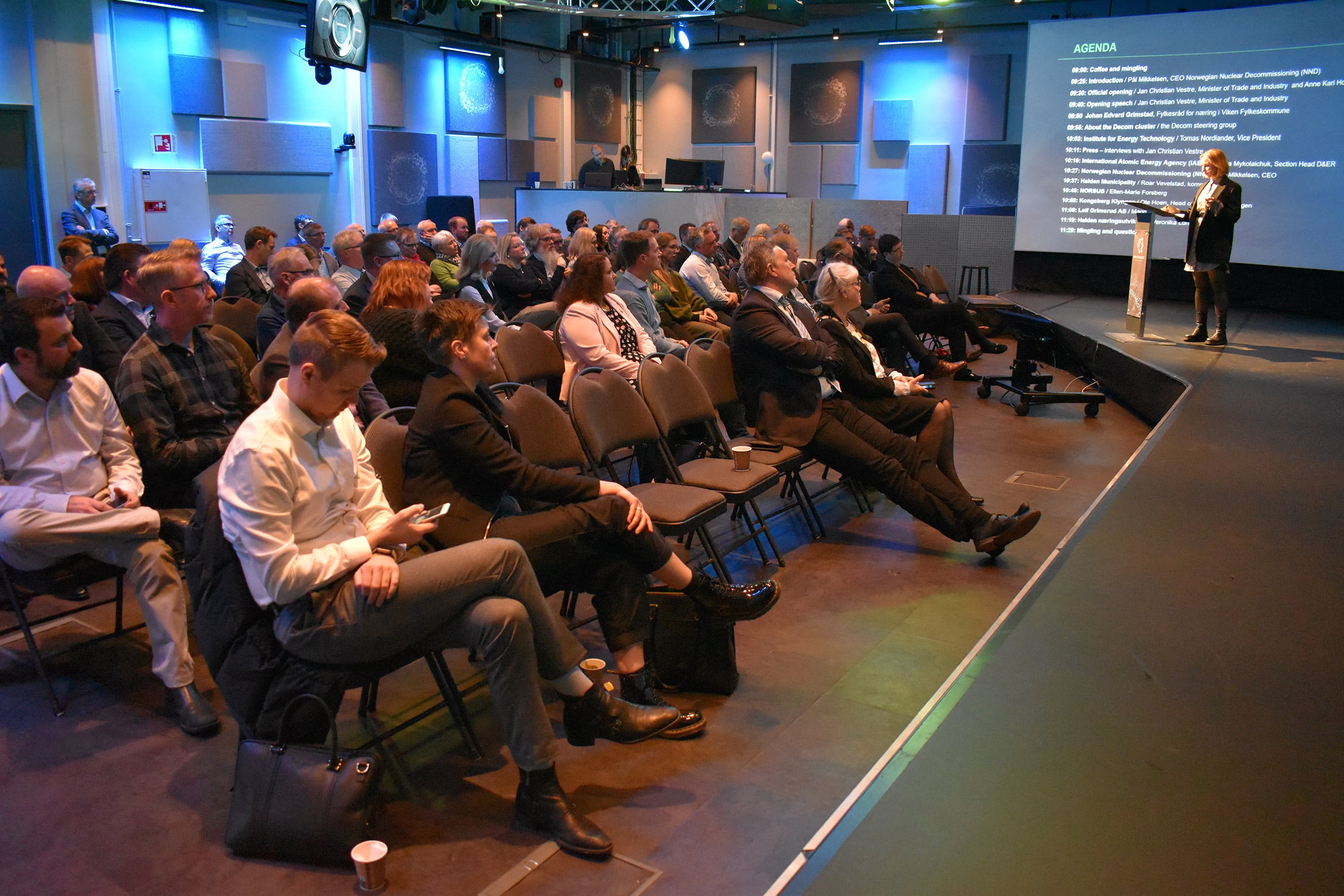Renewable energy resources are the future, but at the same time uncertainties regarding predictions and availability arise. How can businesses, public institutions and private households relate to the transition in the best possible way, and what possibilities are there in this new market accruing?
Through the Smart Innovation Norway cluster NCE Smart Energy Markets, cluster members have unique access to knowledge, new research, and updates from the national and global energy market.
As partner in several energy-related EU projects, the company’s researchers are some of those who lead the way through the green transition, and they are eager to share their competence using webinars, workshops, and conferences.
– One of our areas of expertise is the energy domain in the interface between IT and electricity, and events like this are a great opportunity for Smart Innovation Norway to show that we are one of the leading Norwegian companies when it comes to EU research, says energy systems researcher Olav Henrik Skonnord.
He knows the Flexgrid project well after working on it for some years and is among the organizers of the webinar together with NCE Smart Energy Markets.
– Lack of information
Energy flexibility can be a source to revenue for companies, still only a very few businesses utilize the possibilities that lie in the technology already developed. Why is that?
– The answer is complex and diverse, but one significant reason is lack of information. And that is something Smart Innovation Norway is in the position to do something about, says Skonnord.
World society must prioritize energy flexibility, that is undiscussable. Statnett has distinctly signalized the necessity of increasing the amount renewable energy resources as solar power and wind power, and as these resources seize a larger part of the power production, the more need of consumer response.
That means Statnett will be needing more energy flexibility in near future.
– When looking to our neighbour countries with less hydropower than Norway, the energy flexibility providers profits more because of larger amount of intermittent renewable energy resources, states Skonnord.
Automatically generated
So, energy flexibility is one of the crucial factors to a successful green shift. Then, why is the new technology so difficult to implement?
Social behaviour is part of the answer. It is extremely hard to change consumers’ habits if their comfort and effort in everyday life are threatened or reduced.
Also, so far no one has managed to develop a profitable business model utilizing the room of possibilities lying in the gap between costumer and market.
– Energy flexibility means that energy consumption is done at the most favourable time of the day. The flexibility must be automatically generated without requiring any actions from the customer, and an incentive to private households can be a discount on the electricity invoice, explains Skonnord.
Business opportunities
The efficiency of energy flexibility is according to the quantity and quality of energy flexibility. You need either a few huge companies or an enormous number of households that offer their flexibility, to have any effect. But how is the flexibility gathered and who collects it?
An aggregator like Enfo, whose Head of Sales and Commercialization, Morten Hagen, will be speaking at the webinar, have a huge potential when it comes to minor actors like private households or small business who want to offer their energy flexibility.
– Enfo makes business by being a trader of flexibility on behalf of several minor providers, Skonnord explains.
To enable households to be energy flexible, the buildings need multiple smart installations which can respond to the market at the same time.
Futurehome is a provider of such smart installations and is coordinating with actors like Enfo to make as many installations as possible react simultaneously when needed. Fridtjof Okkenhaug, Product Manager Energy og Program Manager R&D at Futurehome, is one of the speakers at the webinar.
– A crucial aspect for Futurehome, is to attain energy flexibility without compromising the customers’ comfort or requiring any manual interventions, comments Skonnord.
Large companies can be great providers of energy flexibility, and often they utilize the opportunity through an aggregator.
Better understanding
Being aware of the energy situation and knowing the opportunities of flexibility are two essential factors to identify whether your business can make revenue on energy flexibility or not.
After attending Smart Innovation Norway’s webinar together with partners in the Flexgrid project and collaborative companies, the participants will have a better understanding of the topic.
In addition to the companies mentioned, Senior Consultant Hallstein Hagen and Gesa Milzer from the market operator NODES AS will be attending telling about how NODES has developed an integrated marked design and an integrated marketplace for flexibility trading at any level of the grid.
Alexander Kellerer is an advisor at Norwegian Energy Regulatory Authority and will update on the European Framework Guideline on Demand Response, and Stig Ødegaard Ottesen, Section Head Energy Market Research at Smart Innovation Norway will be presenting the ASKO electrifying project which focuses on how unnecessary grid reinforcement can be avoided in a way that is sustainable both for ASKO, who is electrifying of 125 trucks, and the grid company through technology and business innovation?

